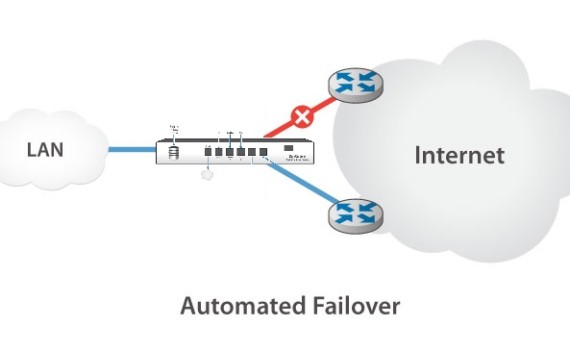
Disaster Recovery that won’t break the bank
Let’s face it, unexpected outages are the biggest cost you’ll never expect to pay. According to the Consulting group Gartner, only 35% of small to medium sized businesses have a disaster recovery plan of any type. This is a staggering statistic considering the cost of downtime is averaged at $84,000 – $90,000 per hour for SMB and a whopping $1.25b – $2.5b for large businesses. These statistics are not hard to find. Anyone who reads the latest trade mags can find this data online or in publication.
With these kinds of numbers facing businesses, how does an SMB leader overcome it?
The answer is face it, don’t avoid it. There is some good news however.
New innovations combining Shadow Copy, Virtualization and Cloud allow for some decently priced solutions that add resiliency from disaster and scale with business growth.
By combining your backup and DR, your business can create a comprehensive recovery system that will help protect you from outages due to virus attacks, data corruption, hardware failure and even full site failure. Companies that specialize in these solutions will install an appliance at your location that acts as the backup and DR device. The device starts by creating virtual image of your servers. In the event of an outage, that virtual image can be activated allowing a temporary virtual server to run from the DR appliance independent of the original server. Through snapshot technologies, changes in data at the block level are captured and applied to that virtual image. This allows you to stand up that virtual machine as it was at any give time within the backup frequency. These snapshots can be taken every 5 minutes or every day depending on the amount of data you can afford to lose.
This acts as revision control and near real-time backup.
What if the DR appliance fails? Well, that’s were the Cloud comes in. The DR providers configure their appliances to trickle feed the backup data to their data centers over a secure connection. Typically a VPN or private line is established in advance to a segmented part of the providers network which allows fast, secure off-site transmission of your backup data and also the ability to stand up the virtual recovery server in the Cloud. This allows you to resume operations from anywhere in the world.
If the device fails for some reason, the provider already has the data and will ship a replacement appliance overnight that is pre-configured and has all your data on it.
This may sound like an expensive solution, but it’s surprisingly affordable. A typical cost for a solution like this for a 250GB server is around $400-$800 per month. That’s less expensive than the cost of a tape drive with support, Enterprise backup software with support, loads of expensive tapes, someone’s labor to validate and test backups regularly and a secure way to transfer the offsite. Not to mention the extra DR capability you gain. Also, snapshot technologies have no restrictions by application type, file locks or file in use so the backups are much more reliable.
Combining your Backup and Disaster Recovery in this way can save you a lot of money and productivity loss from downtime. Any businesses that are still using tape backups or considering the cost of replicating their entire environment to a remote location (thereby doubling their capital costs) should consider a solution like this.
CBC Solutions is a holistic consulting company whose mission is to help businesses reduce risk and manage costs. We do this by assessing your environment with our expert team of IT veterans, then aligning best in breed providers from our extensive partner network with your business goals.
Contact CBC Solutions today to see how we can help!
CBC Solutions
info@55x.6e8.myftpupload.com
619-784-5211
www.cbcsolutions.biz









